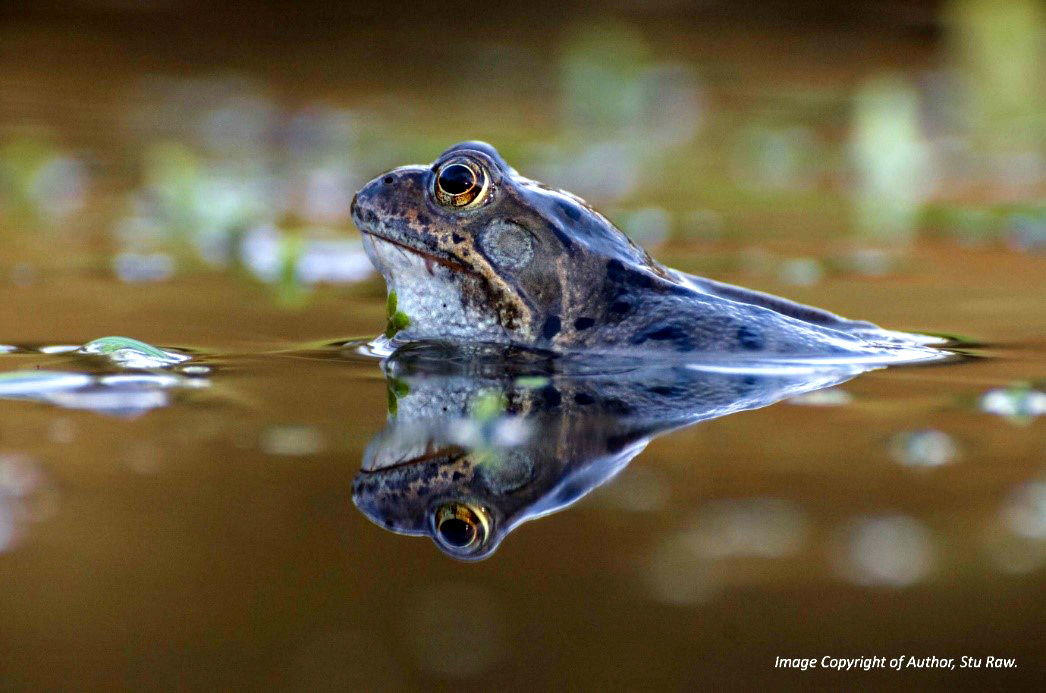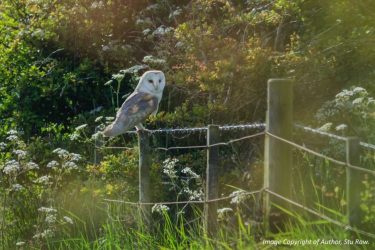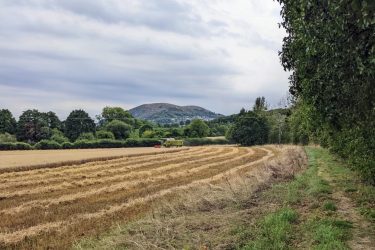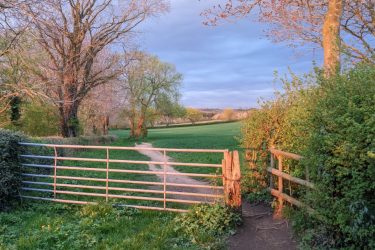If you live or work on a farm, chances are there’s a pond on it somewhere. But if there isn’t, there’s probably a ghost pond, waiting to be brought back to life. Breathing life back into your dead pool can have enormous benefits for your farm and for the environment in general. Here’s our quick guide to ghost ponds, with some tips on how to resurrect them.
What are ghost ponds?
Ghost ponds are old bodies of water that have been filled in or covered up by human activities or natural processes. During the post-war period, government incentivised farmers to maximise outputs and increase their area of farmed land.
This often resulted in the incorporation of marginal land, including natural habitat pockets, into the expanding agricultural landscape. Consequently, hedgerows, coppices, and ponds all declined. Since the turn of the 20th century, Natural England estimates that the number of ponds in the UK has declined by 50%, down from one million in 1900. Defra, however, suggests that this could be as much as 70%.
Summoning your ghost pond
Ghost ponds tend to leave tell-tale scars on the landscape. The material used by farmers to fill in their pools, meres and lakes was frequently of a different soil type to its surrounding area, giving it a subtly different appearance.
Also, you may be able to spot your phantom pool by noticing a small depression in the land. In addition, they tend to have soil that is damp or soggy, due to the presence of a natural spring that fed them.
Once you have identified a probable site, you can confirm its position by assessing historic survey maps and comparing them to the current landscape. Additionally, you can confirm the site by assessing the soils you remove. Most probably, you will find the old pond’s sediment, which will have a tell-tale dark appearance.
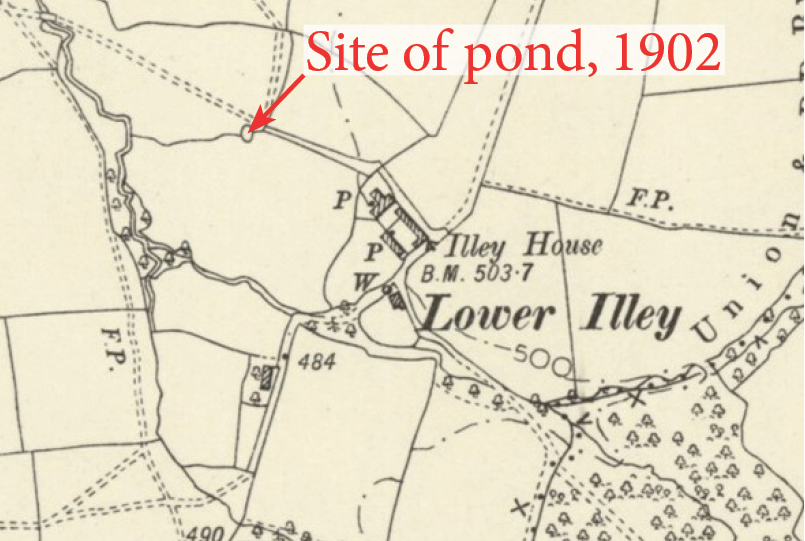
The case for reinstating farmland ghost ponds
Small, standing bodies of water are a useful tool for helping tackle greenhouse gas emissions. They do this by:
- Storing carbon in their sediments and in the plants and animals that live within them. Some research suggests that ponds are as effective at storing carbon as forests.
- Filtering runoff through pond vegetation, which can reduce the amount of nutrients and pollutants that enter rivers and lakes. Nutrients and pollutants can contribute to greenhouse gas emissions, so by filtering runoff, ponds can help to reduce the overall emissions footprint of a watershed.
- Providing habitat for wildlife, including waterfowl, amphibians, and insects. Many of these animals help to control insect populations and other pests, which can reduce the need for greenhouse-gas releasing pesticides.
Also, by encouraging insects, pollinators and natural predators will flourish, helping to increase yields. Additionally, ponds can help to mitigate potential flooding risks.
Resurrection – ghost ponds can hold lost species
When people created ghost ponds, typically they buried the ponds’ sediment. This sealed in seeds and vegetation propagule (a structure, such as a cutting, a seed, or a spore that propagates a plant). These lie dormant and can survive for decades.
If you restore ghost ponds these seed banks are stimulated, causing the rapid creation of a diverse aquatic habitat with no external colonisation needed.
So, ghost ponds are effectively time capsules that can resurrect rare or endangered species buried in the soil. Reinstating the ponds can increase farmland biodiversity and habitat heterogeneity.
What are the future implications?
By reinstating ghost ponds you can mitigate, or even reverse biodiversity decline, and can help to improve the land’s ability to sequester carbon and mitigate climate change. All elements that contribute towards a more sustainable farming practice.
Best of all, they are not difficult projects, and they don’t use much resource. For relatively small actions, you gain significant benefits.

Some ponds are better than others
Simply having a pond doesn’t solve all your greenhouse gas emissions problems. The overall effectiveness of your pond depends on several factors, including:
- Size – larger ponds tend to emit more greenhouse gases than smaller ones. The greater surface area of larger bodies of water facilitates more gas exchange and allows more organic matter to decompose.
- Location – ponds in warmer climates tend to emit more greenhouse gases than those in colder climates. This is because warmer temperatures speed up the decomposition process.
- Water quality – pools with high nutrient levels and low oxygen levels tend to emit more greenhouse gases. This is because nutrients promote the growth of algae and other plants, which can decompose and produce methane.
- Management – ponds that are managed well, such as by planting trees and shrubs around the edges to filter runoff and reduce nutrient levels, are less likely to emit greenhouse gases.
Top tips for peak pond performance
Here are some ways to manage ponds sustainably to reduce greenhouse gas emissions:
- Plant trees and shrubs around the edges of ponds – this helps to filter runoff and reduce nutrient levels, which can lead to methane emissions. However, ensure that these plantings do not become overgrown, as this will have detrimental impacts.
- Avoid using fertilizers and other nitrogen-rich pollutants nearby – these pollutants can contribute to nitrous oxide emissions.
- Maintain healthy populations of aquatic plants – aquatic plants help to oxygenate the water and reduce the amount of organic matter that decomposes anaerobically, producing methane.
- Harvest excess organic matter from the water – this can help to reduce the amount of methane that is produced.
What help is available to restore farmland ponds?
You can access finance to help you create, restore, and manage farmland ponds. For example, the Countryside Stewardship scheme includes various funding options, in particular options WT4, WT5, WN5 and WN6. You can access these via the Countryside Stewardship grant finder.
In Scotland, certain capital grants are available for pond creation through the Agri-Environment Climate Scheme.
You can find funding via local conservation bodies, especially if your newly created ponds could create a habitat for threatened species, such as great crested newts. For example, the Yorkshire Wildlife Trust is offering fully funded wildlife pond creation. For information, look at this Defra guide.
Promar can help
Promar can help
At Promar, our Sustainability Team works across food supply chains, from producer to retailer, supporting businesses to become more sustainable.
We help clients drive efficiency, profitability and resilience whilst also helping to protect the natural environment, enhance brand values and improve health and ethical well-being of communities.
We can help you to plan and execute a ghost pond project, develop a strategy to drive the overall sustainability of your business, advise on funding, and much more. Our unique position allows us to see the farming industry from all sorts of different perspectives. So, whatever your aim, we can help you to see the wood from the trees. Or even drive the ghost from your pond.
Contact us for an initial conversation by filling in the form below.




